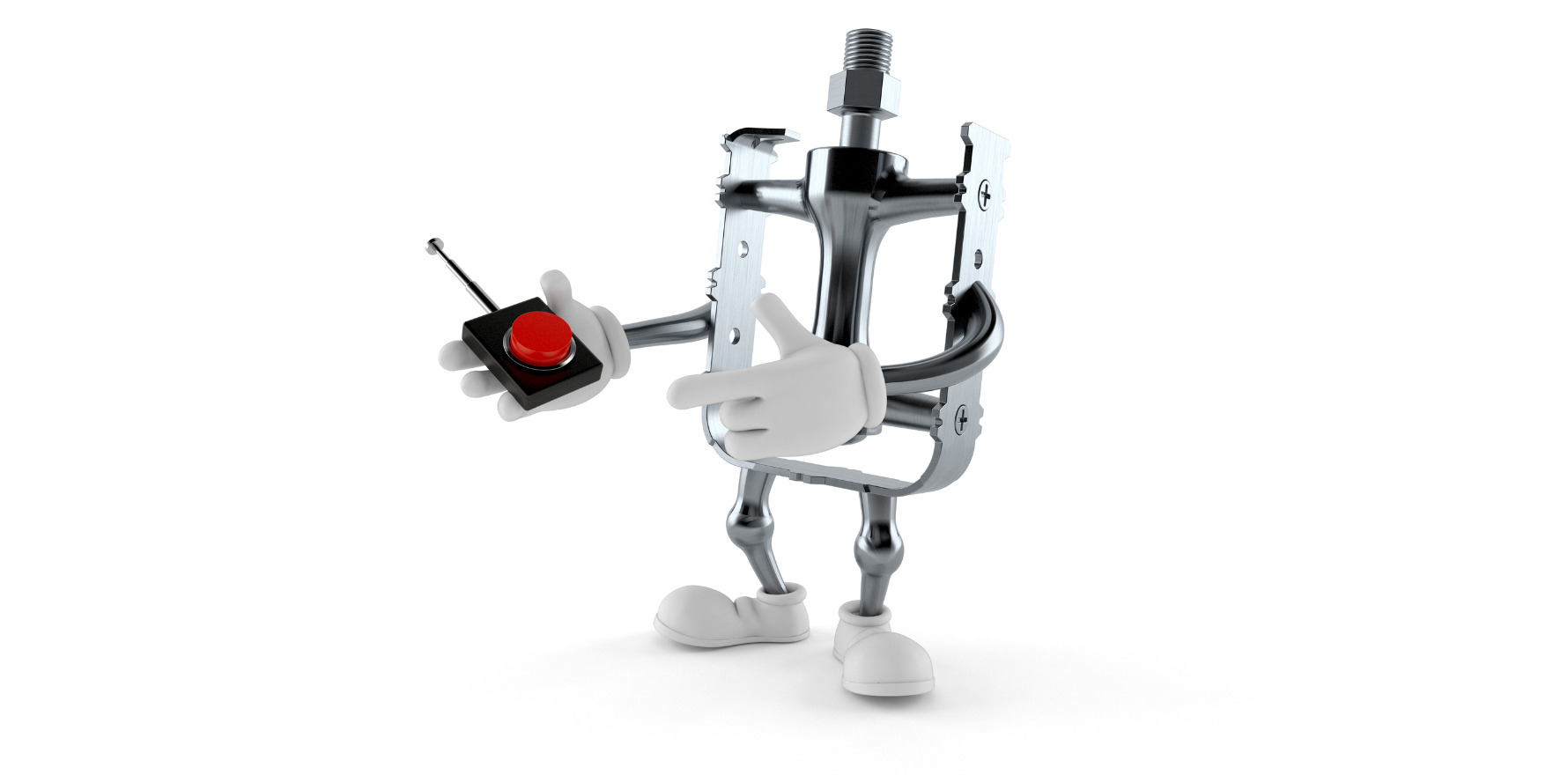RA patients who failed to respond to one JAK inhibitor did equally well if cycled to another JAKi or switched to a bDMARD.
A dataset analysis presented at ACR21 found that RA patients who failed to respond to one JAK inhibitor did equally well if cycled to another JAKi or switched to a bDMARD.
The nested cohort study included data on over 700 patients from 14 national registries of the JAK-pot collaboration. Among participants, 154 cycled to a second JAKi and 554 switched to a bDMARD. Compared with patients who switched to a bDMARD, the patients that cycled tended to be older, had longer disease duration, had previously tried more bDMARDs and had been on the failed JAKi for longer.
At two years follow-up, disease activity score (DAS28) improved similarly in the cycling and switching groups, and drug survival rates were similar.
There were some non-significant trends based on the reason for discontinuing the initial JAKi. Patients that discontinued due to inefficacy were less likely to discontinue the cycled JAKi than a bDMARD.
Conversely, those that discontinued the initial JAKi because of adverse events were more likely to discontinue the cycled JAKi than a bDMARD.
“After failing a first JAK inhibitor, cycling JAK inhibitors versus switching to a bDMARD appears to have similar effectiveness, despite a more difficult-to-treat patient profile for the patients cycling JAK inhibitors,” concluded first author and presenter Dr Manuel Pombo-Suarez of Hospital Universitario de Santiago de Compostela in Spain.
Australian data from the OPAL dataset presented at EULAR 2021 demonstrated that JAKi cycling is observed in routine clinical care. The analysis revealed that if a first line JAKi was discontinued, over 40% switched to an alternative JAKi in second line.
JAK inhibitor uptake in Australia is reportedly amongst the highest in the world and there is also a relatively high percentage of patients using JAK inhibitors as a first line treatment, said Dr Tegan Smith, OPAL CEO. In Europe and the US, guidelines advise JAK inhibitors only be used when TNF inhibitors have failed.
“We have observed a consistent increase in JAKi use in first line over the last 5 years, from 17% of initiations in 2017 to 32% in 2021,” said Dr Smith, noting that this growth has now plateaued.
Dr Sabina Ciciriello told Rheumatology Republic that OPAL is planning to examine the characteristics of the patients who are cycling within the JAKi class and their outcomes, including disease response and drug persistence.
1442: Effectiveness of Cycling JAKi Compared to Switching to bDMARD in Patients Who Failed a First JAKi in an International Collaboration of Registries of Rheumatoid Arthritis Patients (the JAK-pot Study)




